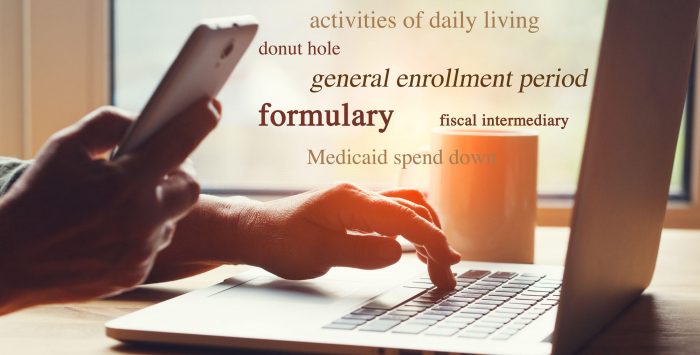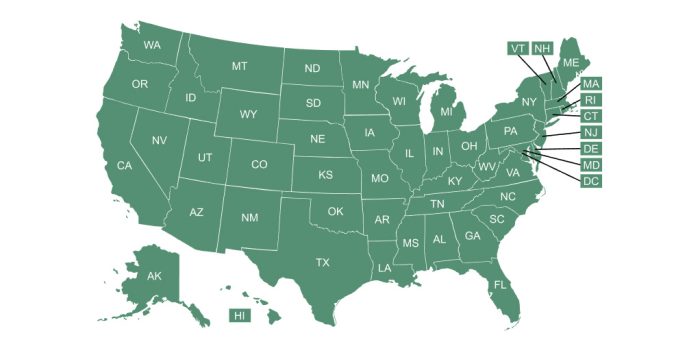What is Medicaid for the aged, blind and disabled (ABD)?
Every state provides Medicaid benefits to individuals who are 65 and older, blind or disabled. This coverage is sometimes called aged, blind and disabled Medicaid, community Medicaid, or SSI-Related Medicaid.
Every state covers mandatory Medicaid benefits such as inpatient and outpatient hospital care, physician services, x-rays and laboratory tests, nursing facility care, home health care, ambulance services and non-emergency transportation to medical care.
States often cover many optional benefits, including physical and occupational therapy, speech and language disorder services, podiatry, optometry, eyeglasses, chiropractic services, personal care services, and case management. Prescription drug coverage is an optional Medicaid benefit which is offered in every state.
States aren’t required to provide Medicaid dental coverage to enrollees 21 and older, but many states choose to cover at least some dental benefits for adult Medicaid enrollees.
What are the income limits to be eligible for Medicaid for the aged, blind and disabled?
In 2020, the income limits for Medicaid for the aged, blind and disabled in the continental U.S. range from a low of $235 a month for single applicants in Kentucky, to a high of $1,294 a month for single applicants in California.* (The respective income limits for married applicants in those states are $291 and $1,747 a month.)
What are the asset limits to be eligible for Medicaid for the aged, blind and disabled?
Asset limits for Medicaid for the aged, blind and disabled recipients are often as low as $2,000 for single applicants and $3,000 for married couples. But certain items aren’t counted toward this limit, including an applicant’s first home, one car, household belongings, family heirlooms, and life insurance or burial funds valued at less than $1,500.
The Supplemental Security Income (SSI) program provides another way of qualifying for Medicaid for the aged, blind and disabled in states like Kentucky that have restrictive Medicaid income limits, because SSI enrollees automatically qualify for Medicaid in most states. SSI’s income limit is $783 a month for single applicants and $1,175 a month for married couples. (This program also has an asset limit – of $2,000 for single applicants and $3,000 for married couples.)
Although Medicaid for the aged, blind and disabled covers home health care for all enrollees, additional eligibility requirements must usually be met for Medicaid to cover for long term services and supports (LTSS). Income limits are sometimes higher for Medicaid LTSS programs than for Medicaid for the aged, blind and disabled – especially if an applicant needs home and community based services (HCBS).
*California’s income limits will increase in December 2020 to $1,468 a month for single applicants and $1,938 a month for married couples.
Tags: community Medicaid



